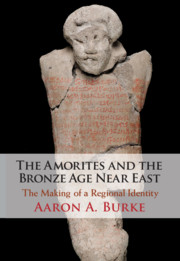Issues surrounding the difficult task of correlating archaeological and climatic trajectories are directly impacting the study of human-environmental interaction in Ancient China. We have chosen to focus on the 4.2 ka BP event due to the widespread belief in recent Chinese archaeological publications that it brought about the collapse of Neolithic cultures in multiple regions of China. Following a literature review concerning the many issues surrounding the reconstruction of the 4.2 ka BP event in East Asia, we present three short case studies from the Lower Yangzi, the Shaanxi loess plateau, and the Central Plains detailing a number of problems with Chinese archaeological attempts at using climate change as a causal mechanism for sociopolitical change. We then focus on a common but highly problematic methodology—the growing use of archaeological data compiled in the Atlas of Chinese Cultural Relics to correlate with climate proxies in order to generate linear, causal models explaining sociopolitical collapse. We follow with an example from Northeast China, where work from the past three decades has provided ample data with which to begin answering these questions in a more productive manner, and end with a set of suggestions for archaeologists and climate scientists going forward.
